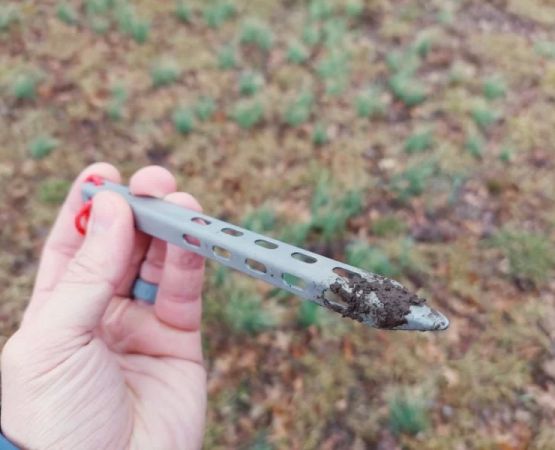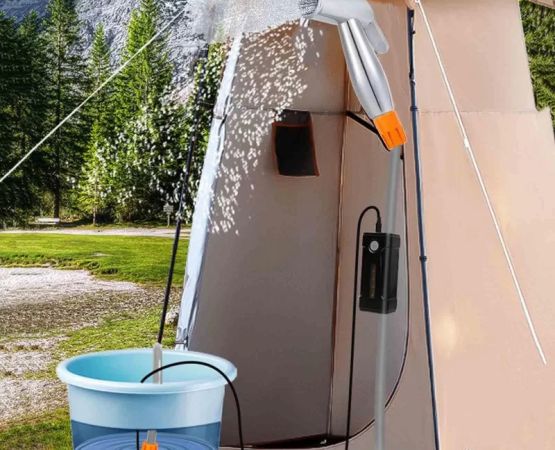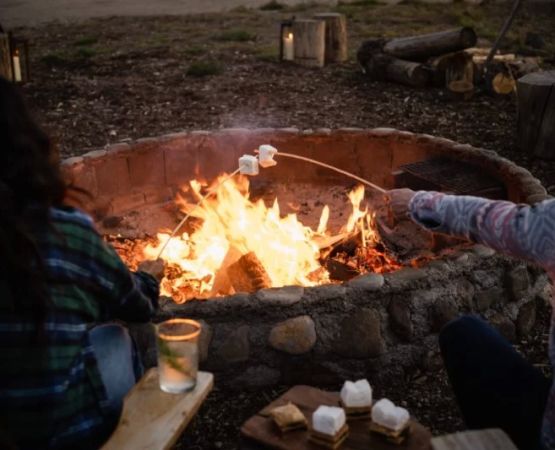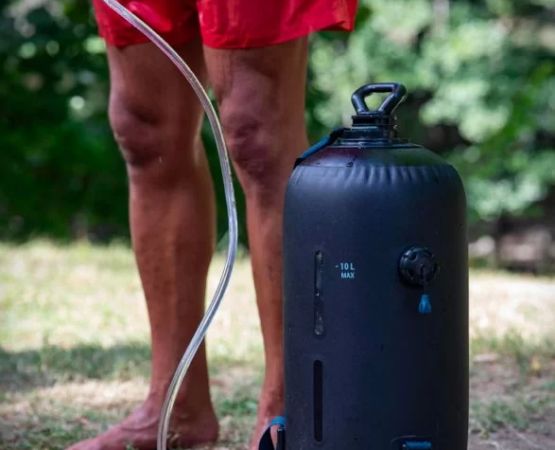- understanding-fat-tire-bike-needs
- must-have-protective-gear
- essential-riding-accessories
- repair-and-maintenance-tools
- real-world-ride-stories
- where-to-find-the-right-gear
1. Understanding What Makes Fat Tire Biking Unique
1.1 Terrain Versatility and Equipment Demands
Fat tire bikes are made to handle snow, sand, mud, and loose gravel with ease. Their oversized tires offer traction and cushioning that standard mountain bikes can't match, but they also demand unique gear adaptations. The weight, resistance, and terrain variability mean you'll need gear tailored for control, endurance, and safety.
1.2 Environmental Impact on Gear Selection
Cold weather rides require insulation; desert trails call for breathable fabrics. A one-size-fits-all approach doesn’t work here. Choosing the right gear depends on where you ride and how aggressive your terrain is.
2. Must-Have Protective Gear for Safe Fat Biking
2.1 Helmets with Extended Coverage
Fat tire biking often means riding on slippery or unstable ground. Invest in a helmet that provides rear and side coverage, with MIPS (Multi-directional Impact Protection System) technology if possible. This gives your head enhanced protection in rotational falls—especially common in winter and off-camber trails.
2.2 Gloves and Eye Protection
Insulated gloves with reinforced palms are crucial for grip and comfort on longer, cold-weather rides. For eye protection, wraparound lenses prevent debris and snow flurries from affecting your visibility.
2.3 Body Armor for Technical Descents
If you're tackling technical backwoods or alpine trails, padded knee and elbow guards help minimize injury risks. Riders at Pine Cliff Resort often report that trails with sharp elevation changes warrant chest or back protectors as well.
3. Essential Riding Accessories That Make or Break Your Ride
3.1 Hydration Packs Over Bottles
Fat tire trails aren’t always bottle-friendly. A hydration pack with 2–3 liters capacity allows for hands-free hydration and added cargo space for snacks, maps, or a small toolkit. Look for packs with thermal lining to keep water from freezing on winter rides.
3.2 GPS and Fat Tire-Friendly Bike Computers
Trail riding means getting lost is always a possibility. GPS-enabled bike computers that work offline are a must. Choose a unit that’s rugged, waterproof, and easy to mount even on thicker handlebars.
3.3 Bikepacking Bags and Frame Storage
If you plan long off-road routes, frame bags and seat post bags help carry essentials without throwing off your balance. Many riders heading into areas like Pine Cliff trails choose waterproof options with easy-access compartments for multitools, snacks, and thermal layers.
4. Repair and Maintenance Tools You Should Always Carry
4.1 Portable Pumps and CO₂ Kits
Fat tires require low-pressure but high-volume air. Carry a mini pump built for large tire volume, or CO₂ inflators with compatible cartridges. Make sure the head fits Presta or Schrader valves depending on your rim type.
4.2 Multi-tools with Chain Breakers
Fat bikes endure more strain on their drivetrains. A multi-tool with Allen keys, chain breakers, and spoke wrenches can save your ride when you’re miles from help.
4.3 Tubeless Repair Kits and Spare Tubes
Even if you're riding tubeless, carry a repair plug kit and at least one tube. Winter trails and sharp debris can create tears too big for sealant alone.
5. Real-World Ride Stories That Highlight Gear Importance
5.1 Jake’s Winter Ride Gone Sideways
Jake, an experienced rider from Montana, once headed into a snow-covered trail near Yellowstone without thermal gloves. Five miles in, he couldn’t shift properly due to numb fingers. Since then, he swears by battery-heated gloves for all sub-zero rides. It’s the kind of lesson you don’t want to learn mid-ride.
5.2 Lisa’s Night Ride Near Pine Cliff
Lisa took a sunset trail near Pine Cliff Resort last fall and didn’t expect to be riding in near darkness. Her small bar-mounted light failed halfway. Thanks to a backup headlamp in her saddlebag, she made it back. It’s proof that redundancy matters in backcountry riding.
6. Where to Find the Right Gear for Your Next Fat Tire Ride
6.1 Local Experts Know Best
If you're riding near destinations like Pine Cliff Resort, local outfitters often have the best selection tailored to the terrain. They also know which gear is seasonally appropriate and can offer invaluable firsthand advice.
6.2 Online Tools for Curated Gear Suggestions
To make gear selection easier, platforms like Pine Cliff Resort recommend packages curated by experience level and trail type. Whether you're prepping for winter trails or desert rides, you'll find accessories and tools that are purpose-built for fat tire adventures.







